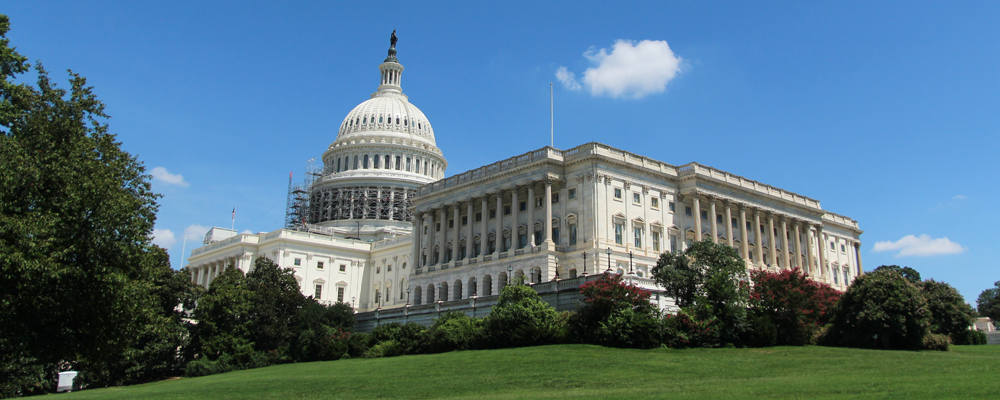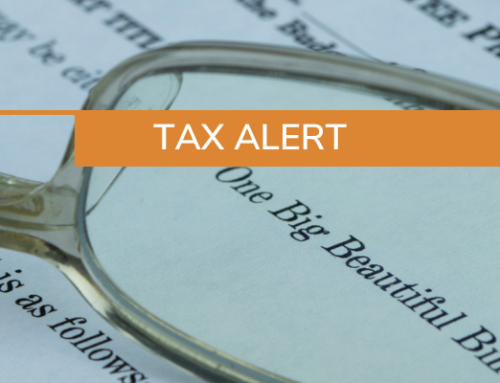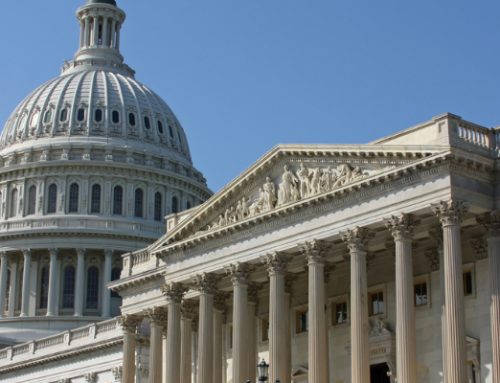The Inflation Reduction Act (IRA) of 2022 was signed into law on August 16, 2022, with most provisions effective beginning in 2023. IRA modifies the energy-efficient commercial building deduction of §179D by changing the formula for computing the maximum amount of §179D deduction, increases the deduction amount if new wage and apprenticeship requirements are met, modifies the energy efficiency standard, eliminates the partial deduction for property that does not meet the certification standard, and provides an alternative deduction for energy-efficient building retrofit property that can now benefit non-profit organizations.
The §179D deduction was enacted as a temporary provision in 2005 and made permanent in 2020, encouraging resource-efficient construction and retrofits. Under §179D, a taxpayer may deduct the costs of energy-efficient commercial building property placed in service even though the costs otherwise would be capitalized. If a §179D deduction is allowed for any energy-efficient commercial building property, the basis of that property must be reduced by the amount of the deduction. The §179D deduction is in lieu of capitalizing these costs. The deduction is treated as depreciation for purposes of §1245 and is subject to recapture upon disposition of the property. §179D encourages commercial building owners to install energy-efficient systems by providing an immediate deduction for costs related to these installations.
The §179D deduction is now available for any qualifying commercial energy-efficient building, which can include schools, hospitals, churches, charitable organizations, and facilities owned by any level of government. Because the owners of these public and non-profit buildings are nontaxable entities, the deduction can then be passed on to the primary designers of the properties, including engineers, architects, contractors, energy services providers, and environmental consultants. The purpose of the deduction is to incentivize designers of tax-exempt buildings to utilize energy-efficient systems and components within construction projects.
These types of eligible buildings are in addition to privately-owned commercial buildings for which the §179D deduction was originally intended. §179D encourages commercial building owners to install energy-efficient systems by providing an immediate deduction for costs related to these installations.
IRA enacts numerous changes to the §179D deduction including:
- An increase in the deduction amount to $5.00 per square foot, from $1.88 per square foot previously.
- Expanded eligibility including building projects completed for not-for-profit entities, instrumentalities, and Tribal governments, which were previously ineligible.
- Relaxation of the qualifications for retrofits, including a decrease in “Energy Use Intensity” to 25%, previously 50%, and the removal of the requirement for an energy simulation model.
- The deduction can now be taken on a specific commercial building every 3 years, previously, the deduction was permitted once over the life of the building.
Changes to §179D accelerate the efficiency deduction for the costs of a building and improvements made. Historically, these costs were written off over a 39-year period. 179D now allows a large portion of energy efficiency costs to be written off in the first year, providing immediate cash flow relief. The increased deduction levels lead to a quicker payback and improved return on investment for owners who are considering installing energy-efficient equipment. For tax-exempt entities, the benefit of §179D comes with the ability to transfer the deduction to the architect or designer as an incentive to focus on energy efficiency. The hope is that building designers will lower their costs in exchange for the transfer of the §179D deduction write-off on their taxes. Now Universities and Hospitals, among other exempt entities, will be able to utilize the §179D deduction when investing in resource-efficient construction projects and retrofits.
If you are contemplating a commercial project, remember the §179D deduction. The owner of the commercial building needs to have a §179D study completed to identify the name and location of the building, the owner of the building, the date the energy-efficient commercial building property was placed in service, and calculate the deduction amount. A certification should be included with the §179D study. If you have questions about §179D deduction or need to obtain a §179D study and certification, reach out to a PBMares tax professional today.





